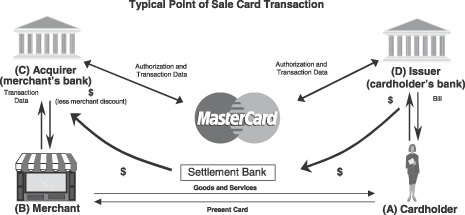Bitcoin the network is clearly not a currency: if miners collectively or individually choose not to participate in the network, all bitcoin value disappears in a puff of disharmony. And since miners are united in practice by nothing more than the desire to mine, this doesn't seem to be a strong basis on which to convert your fiat savings to Bitcoin.
So, what are folks paying for when they buy Bitcoin? In essence, they are paying for the right to have a transaction written to the Bitcoin ledger. It just so happens that, for the most part, the only information captured is the number of bitcoin transacted and very little else. But that's missing the point.
The question to ask is, given the global network of bitcoin miners, how much am I willing to pay to have a transaction written permanently on the ledger?
The debate about splitting the blockchain (Bitcoin XT etc) seems somewhat misplaced: bitcoin is what it is. If the transaction throughput is too low, then the market will decide: there are many high value transactions that do not need high throughout. All it means is that Bitcoin becomes the ledger of choice for certain transactions that do not require the characteristics of a more flexible, real-time blockchain solution - instead the value is in the network, and knowing the network will reliably record the transaction indefinitely. It is that value which is convertible to fiat currency, and that is, ultimately, dependent on what information can be stored with each Bitcoin transaction.
So, bitcoin has introduced a new commodity class: that of digital notary. It should not be unique to bitcoin, and there is no reason why multiple such networks don't exist, competing on price to commit useful data to a permanent digital ledger - which, if recognized by law as equivalent to a notary public - should be a dynamic marketplace.
People could certainly trade those rights (all but equivalent to a currency), but at the moment prices are still detached from reality: a combination of speculation and criminal/black market economic activity underpins existing bitcoin valuations. But what happens when coins stop being minted by miners (when bitcoin's limit is reached)? Suddenly the cost per transaction increases significantly, as miners lose the built-in incentive to participate. And bitcoin becomes all but useless as a unit of exchange, as its price deviates from any practical fiat currency valuation.
People with bitcoin (or the right to record a permanent digital transaction) will find their bitcoin valuation stabilizes at the value of making a permanent digital record on the network..something certainly of non zero value, and potentially of even higher value than today's valuations.
But first laws need to change and accept that records made on a digital network using blockchain technology are just as valid as those signed and stamped (on paper!) by a human notary. When that happens, the blockchain (as a progression of computer science) will become an accepted solution to many issues related to digital trust, and give rise to whole new business models.
Given the rather nationalistic nature of laws, it suggests the next wave of networks will be either country sponsored / regulated, or perhaps linked to economic or other alliances (e.g EU, NAFTA, etc). A true global network is sometime off, but transactions written on the bitcoin network will be around for some time to come..alas, local laws are unlikely to ever fully recognize those transactions, so caveat emptor...


 RSS Feed
RSS Feed